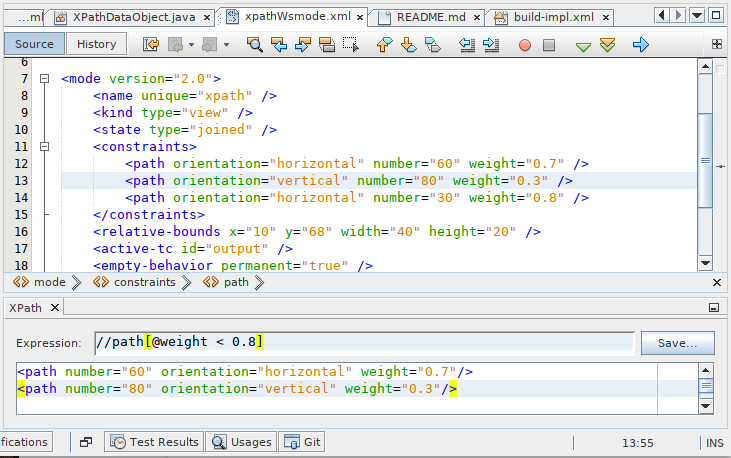 NetBeans OpenGL Pack 0.5.4 is now ready to be used in the upcoming NetBeans 6.7 release, currently as rc2 available.
NetBeans OpenGL Pack 0.5.4 is now ready to be used in the upcoming NetBeans 6.7 release, currently as rc2 available.
It wasn't sure if we would be able to ship the GLSL editor in this release since NetBeans 6.7 changed the editor APIs once again. But fortunately the P1 bug was fixed in time and we (and apparently many others, thanks for voting!) can keep using the Generic Language Framework (GLF aka Schlieman) - at least for now since GLF it is now a deprecated/unsupported module.
Build 0.5.4 will break compatibility with NB 6.5. The latest and also all other releases can be downloaded on the project page. I will wait with the upload to the plugin portal until NetBeans 6.7 final is released.
Features/Enhancements:
Anyway. Not much changed since the last release. The most important point is probably that the GLWorker used internally for tasks like shader compilation or capabilities viewer is now more stable on systems which do software rendering (e.g Mesa GL).
I added also an experimental feature which lets you define GLSL shader dependencies similar to java imports.
It is very common in GLSL to reuse code by simple concatenation of files. For example a set of independent shaders can reuse a code fragment defining some generic mathematical functions if the fragment has been concatenated to the top of all shaders which make use of the functions. Editing those kind of shaders would produce compilation errors without a way to inform the editor about those dependencies.
For example the following shader uses the function light() of PerPixelLight.frag by inserting the file ./PerPixelLight.frag at the position of the //import statement.
PerPixelLight.frag
vec4 light(void) {
// insert fancy light calculation here
}
PlanetShader.frag
//import PerPixelLight.frag
uniform samplerCube cubemap;
varying vec3 vertex;
void main (void) {
//Cubemap
gl_FragColor = vec4(textureCube(cubemap, vertex)) * light();
}
When you compile a shader with dependencies you should see something like that in the output window:

All dependencies are listed in the compiler log and even the line numbers of the compiler warnings are translated back to the code fragments, which lets you jump via hyperlink directly to the annotated files.
Just a warning: Please don't define cyclic dependencies, however double imports should work in theory (have I mentioned it is experimental? ;))
Happy coding!








 I recently
I recently
